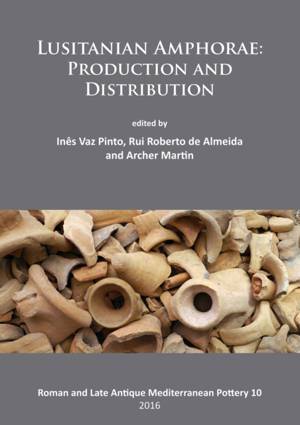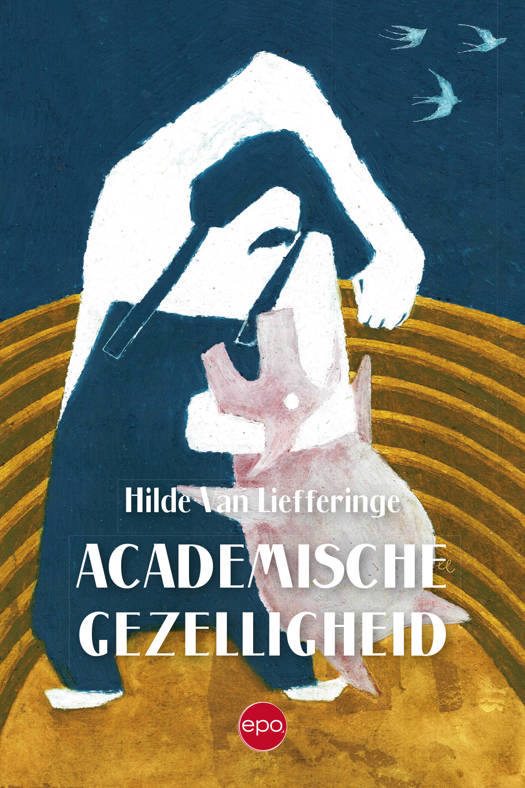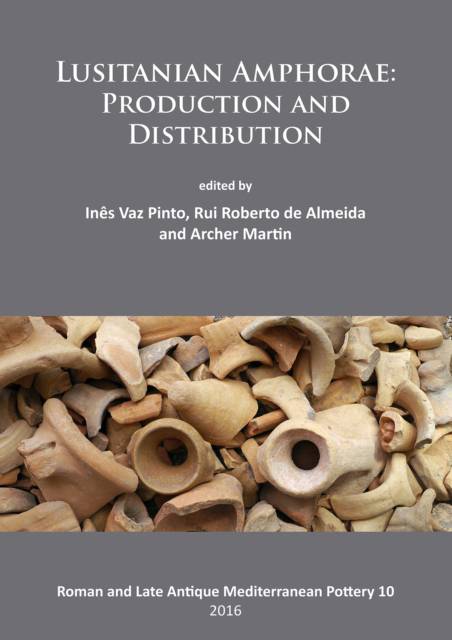
- Afhalen na 1 uur in een winkel met voorraad
- Gratis thuislevering in België vanaf € 30
- Ruim aanbod met 7 miljoen producten
- Afhalen na 1 uur in een winkel met voorraad
- Gratis thuislevering in België vanaf € 30
- Ruim aanbod met 7 miljoen producten
Zoeken
Lusitanian Amphorae
Production and Distribution
€ 87,95
+ 175 punten
Omschrijving
More than a century of archaeological investigation in Portugal has helped to discover, excavate and study many Lusitanian amphorae kiln sites, with their amphorae being widely distributed in Lusitania. These containers were identified in Ostia and Rome from the 1970s and thereafter in many sites around the Mediterranean, but their numbers have always seemed scarce. Were they not being recognized and therefore underestimated? Were they all fish-product amphorae? Did they ever reach a significant market share in the other provinces of Hispania? And what was their contribution to the supply of the city of Rome or to other cities in the centre of the Empire? This collective volume is a contribution to the discussion of these and other questions, and to a better understanding of the production and distribution of Lusitanian amphorae.
Specificaties
Betrokkenen
- Uitgeverij:
Inhoud
- Aantal bladzijden:
- 474
- Taal:
- Engels
- Reeks:
Eigenschappen
- Productcode (EAN):
- 9781784914271
- Verschijningsdatum:
- 15/04/2017
- Uitvoering:
- Paperback
- Formaat:
- Trade paperback (VS)
- Afmetingen:
- 211 mm x 295 mm
- Gewicht:
- 1587 g

Alleen bij Standaard Boekhandel
+ 175 punten op je klantenkaart van Standaard Boekhandel
Beoordelingen
We publiceren alleen reviews die voldoen aan de voorwaarden voor reviews. Bekijk onze voorwaarden voor reviews.










